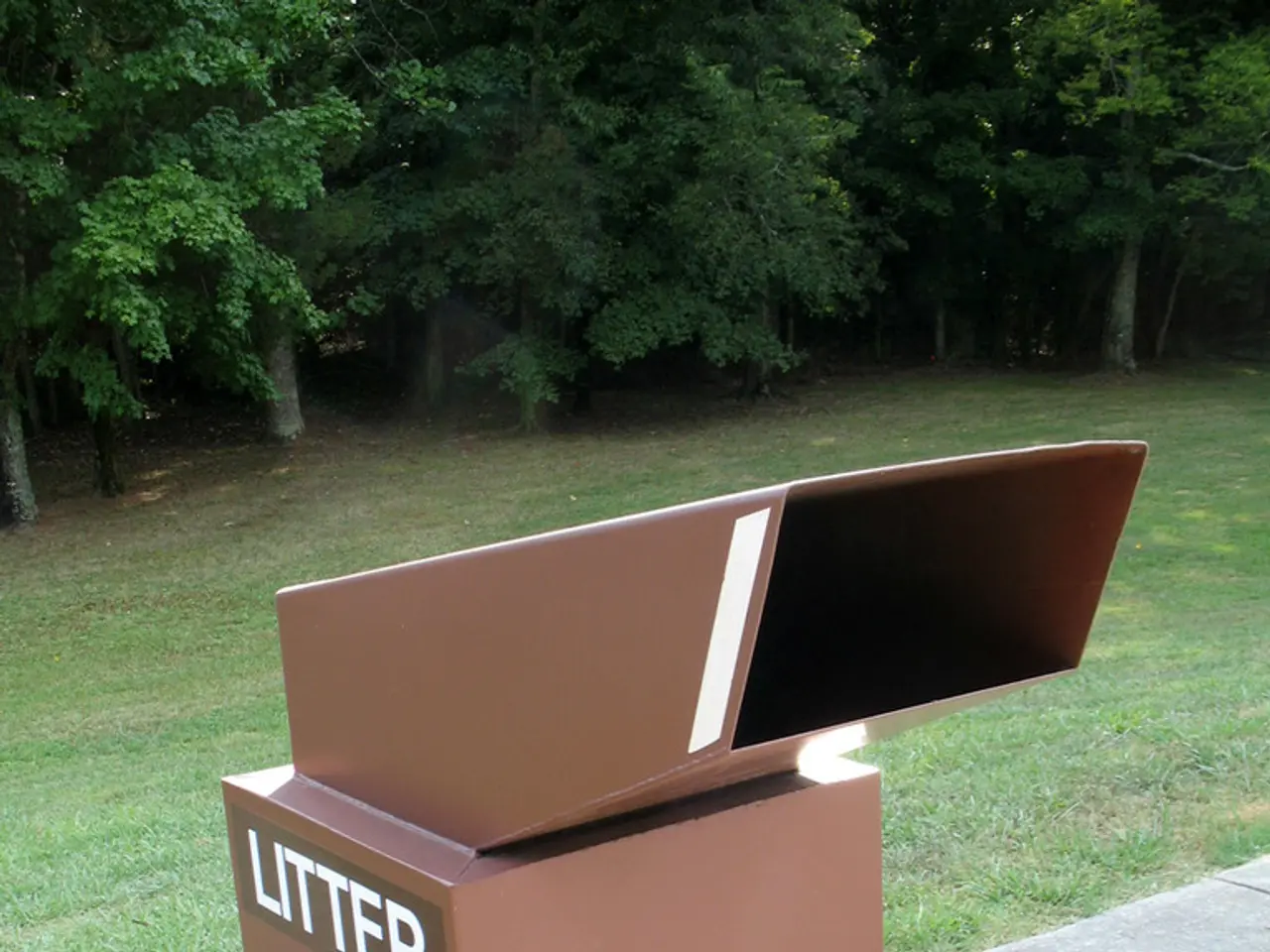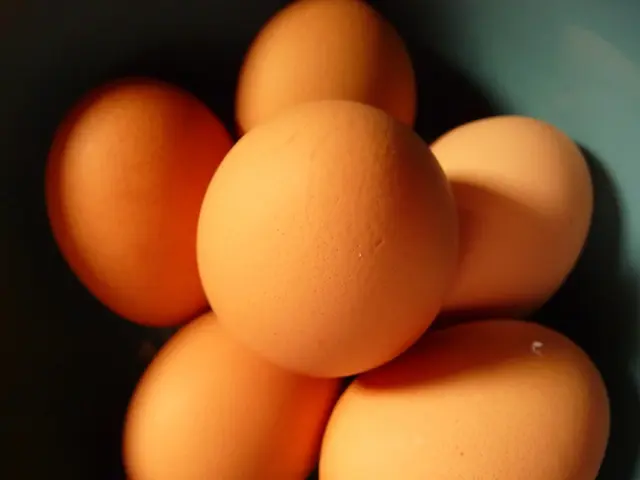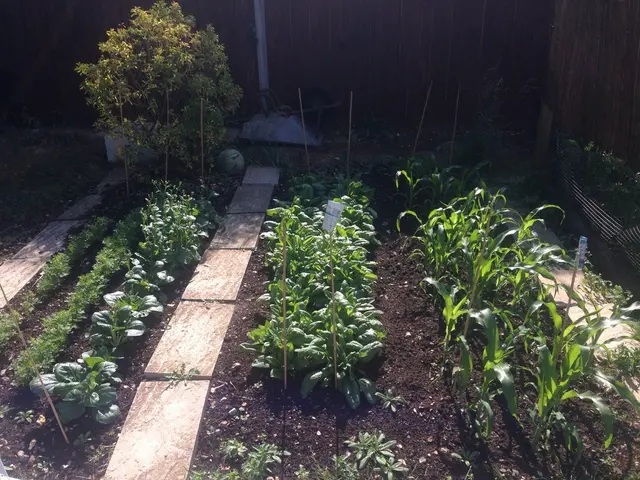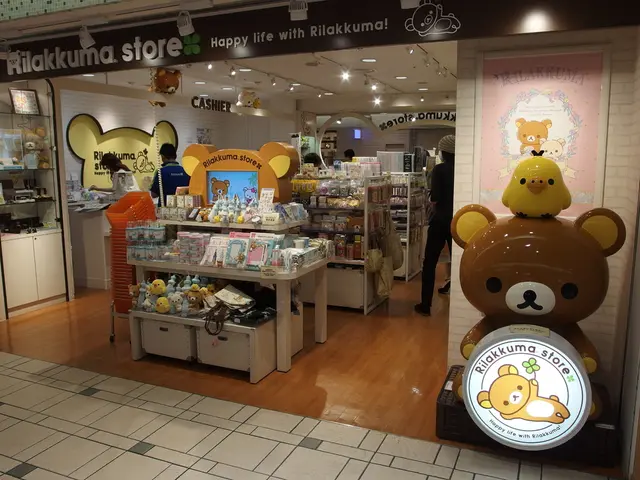Train a rabbit to use a litter box in 5 straightforward methods
Litter Training Your Neutered Rabbit: A Step-by-Step Guide
Litter training your neutered rabbit can be a rewarding experience, ensuring a cleaner living environment for both you and your pet. Here's a step-by-step guide to help you achieve successful litter training.
Step 1: Spay or neuter your rabbit Neutering your rabbit, typically around 4 months old, is essential for health reasons, allowing them to have companions, and making them easier to litter train.
Step 2: Observe your rabbit’s habits Take note of your rabbit’s preferred bathroom corners. Once you've identified these areas, move the litter box to that spot.
Step 3: Choose a suitable litter box Select a litter box that is a bit bigger than your rabbit, easy to access (low sides), and stable. The Frisco High Sided Small Pet Litter Box is a good option, featuring high sides to keep hay or litter inside and a lowered front entry for smaller pets.
Step 4: Select safe litter Paper-based pellets or wood pellets without harmful oils are ideal for rabbits. Avoid clay or scented litters, which can irritate your rabbit.
Step 5: Add a layer of fresh hay on top Rabbits often like to eat while using the box, so provide a layer of fresh hay on top of the litter.
Step 6: Place some droppings in the box Encourage your rabbit to use the box by placing some of their droppings and urine in the trays.
Step 7: Confine your rabbit to a small space with the litter box at first This will help them build the habit of using the box.
Step 8: Reward or praise your rabbit Use positive reinforcement when they use the box correctly.
Step 9: Expand their roaming space gradually Once consistent use is established, gradually expand their space.
Step 10: Clean the litter box regularly Clean the litter box daily and deep-clean weekly with mild soap.
Best Litter Box and Litter Recommendations
- Litter box: Large, with low sides for easy entry, accommodates rabbit size, reduces stress.
- Paper-based litter: Soft, absorbent, compostable pellets, gentle on feet, safe if ingested.
- Wood pellets: Absorbent, cost-effective, natural, dust-free if oil-free.
- Hay topping: Fresh hay placed over the litter, encourages use by allowing munching simultaneous.
This approach relies on patience, trust, consistent environment, and positive reinforcement for successful litter training of your neutered rabbit. It may be necessary to try different types of trays and litter to see if they have a preference. At least one tray per rabbit is needed, plus an extra one if they live outside. If the rabbits are house rabbits, they should have one in every room they have access to.
Clean the trays daily, replenishing them with clean newspaper, litter, and hay. Plastic dog beds, which have some of the side cut out, work well as litter trays for large rabbits or those with osteoarthritis. Most rabbits get the idea of litter training within a few days/weeks. Litter trays can be easily cleaned daily, requiring a deep clean of the rabbit's environment only weekly. If rabbits suddenly stop using their trays, it may indicate a health problem or something scaring them. Wild rabbits use specific areas for toileting, and pet rabbits also prefer clean environments. Rabbits may prefer enclosed, shallow-sided, high-sided, or corner litter trays. To make the trays enticing for rabbits, place absorbent material like newspaper, a layer of suitable litter, and a large pile of hay on top. Buying a good quality rabbit litter box provides a specific area for toileting, keeping the rest of the environment clean and germ-free.
Read also:
- Quarterly Review of the Biotechnology and Pharmaceutical Industries: A Look Back at Q2 2025
- Summer Fruit Stars of 2025: Blueberries, Tomatoes, and Cherries Lead the Charge
- A renowned culinary artist opted to dine at this establishment:
- Expanding Plant-Based Protein Market Projected to Reach US$30.8 Billion by 2034, Exhibiting a Compound Annual Growth Rate (CAGR) of 7.1%








